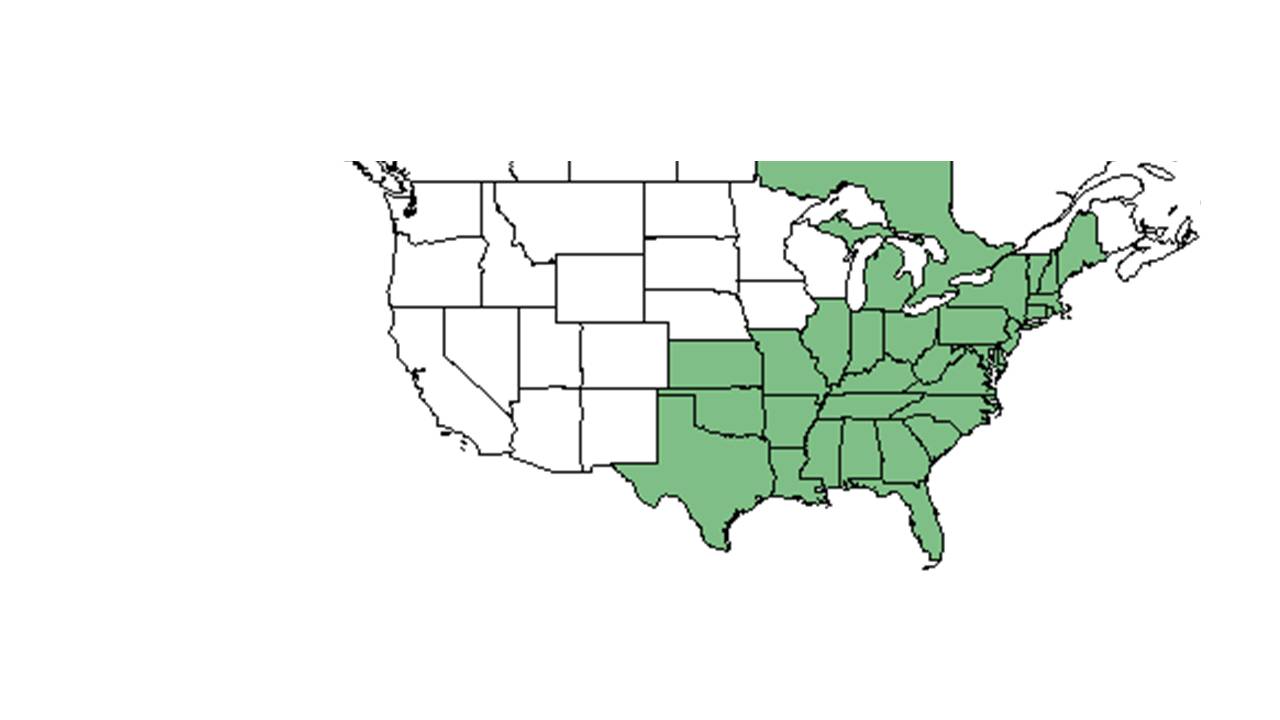Difference between revisions of "Dichanthelium sphaerocarpon"
Ruthstetler (talk | contribs) (→Description) |
Ruthstetler (talk | contribs) |
||
| Line 30: | Line 30: | ||
It is abundant in barrens habitats.<ref name="Taft 2003"/> | It is abundant in barrens habitats.<ref name="Taft 2003"/> | ||
===Phenology=== <!--Timing off flowering, fruiting, seed dispersal, and environmental triggers. Cite PanFlora website if appropriate: http://www.gilnelson.com/PanFlora/ --> | ===Phenology=== <!--Timing off flowering, fruiting, seed dispersal, and environmental triggers. Cite PanFlora website if appropriate: http://www.gilnelson.com/PanFlora/ --> | ||
| + | Flowering and fruiting has been observed in Florida in February through November (FSU Herbarium). | ||
| + | |||
===Seed dispersal=== | ===Seed dispersal=== | ||
===Seed bank and germination=== | ===Seed bank and germination=== | ||
Revision as of 13:10, 13 July 2015
| Dichanthelium sphaerocarpon | |
|---|---|

| |
| Scientific classification | |
| Kingdom: | Plantae |
| Division: | Magnoliophyta - Flowering plants |
| Class: | Liliopsida – Monocotyledons |
| Order: | Cyperales |
| Family: | Poaceae ⁄ Gramineae |
| Genus: | Dichanthelium |
| Species: | D. sphaerocarpon |
| Binomial name | |
| Dichanthelium sphaerocarpon (Elliott) Gould | |

| |
| Natural range of Dichanthelium sphaerocarpon from USDA NRCS Plants Database. | |
Contents
Description
Common Name: roundseed panicgrass
Synonym Name: Panicum sphaerocarpon Elliott
Dichanthelium sphaerocarpon is a perennial graminoid.
Distribution
Ecology
Habitat
It is abundant in barrens habitats.[1]
Phenology
Flowering and fruiting has been observed in Florida in February through November (FSU Herbarium).
Seed dispersal
Seed bank and germination
Fire ecology
It increased from absent to 19 plots within the span of six years after an early dormant-season fire in 1989 at Gibbons Creek Barrens.[1]